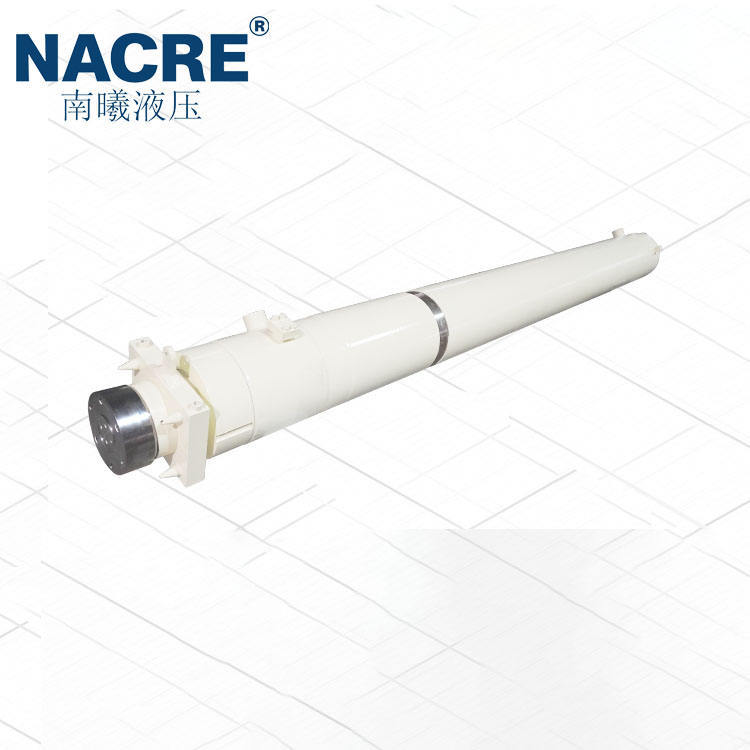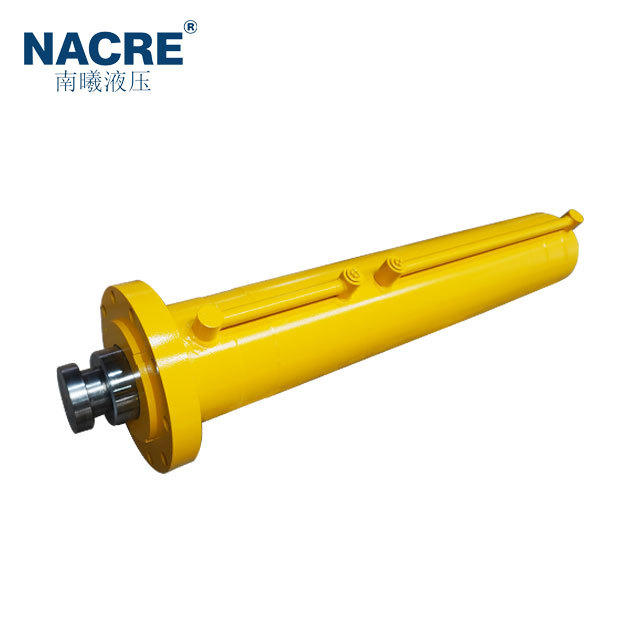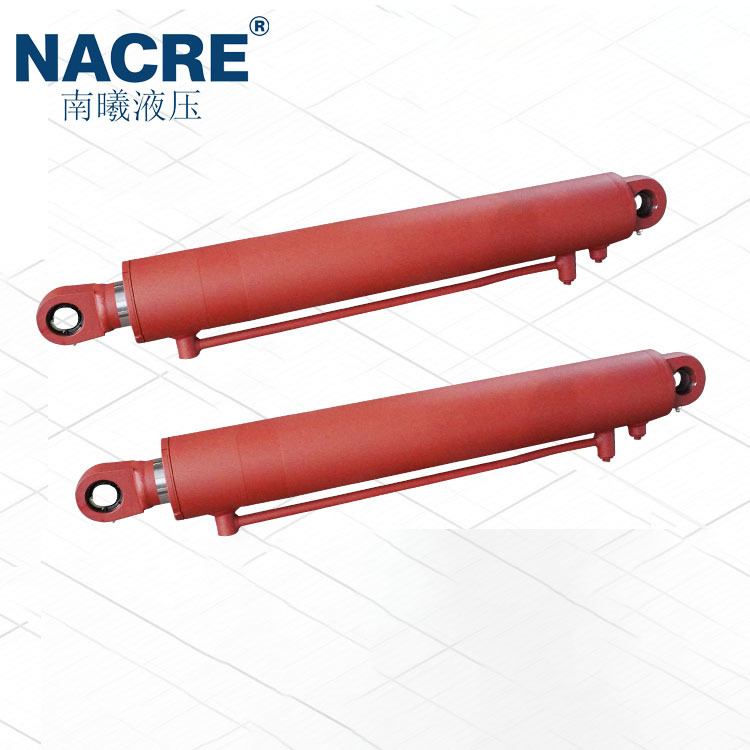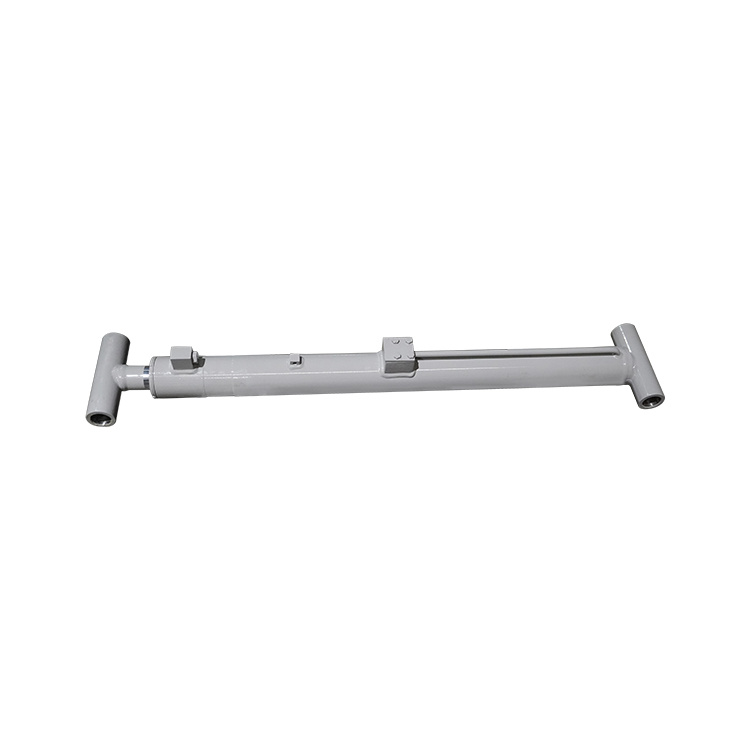Understanding the Role of Hydraulic Cylinders in Automobile Cranes
2025-10-01
In the realm of industrial equipment, the hydraulic cylinder is a critical component in the operation of automobile cranes. These powerful devices are designed to convert hydraulic energy into mechanical force, enabling cranes to lift and move heavy loads with precision and efficiency. Understanding the intricacies of automobile crane hydraulic cylinders can enhance their performance and longevity, making them invaluable assets in various applications, from construction sites to manufacturing facilities.
One of the primary functions of hydraulic cylinders in automobile cranes is to provide the necessary lifting power. The hydraulic cylinder works on the principle of Pascal's law, where pressure applied to a confined fluid is transmitted equally in all directions. When hydraulic fluid enters the cylinder, it pushes the piston, which then generates the force required to lift a load. This mechanism allows cranes to handle substantial weights, making them ideal for heavy-duty operations.
Another vital aspect of hydraulic cylinders is their ability to provide smooth and controlled movements. Operators can adjust the flow of hydraulic fluid, allowing for precise control over the lifting and lowering of loads. This level of control is essential in environments where safety and accuracy are paramount, such as in construction and industrial settings. Additionally, the responsiveness of hydraulic systems helps reduce the risk of accidents, as operators can react quickly to changing conditions.
Maintenance is a key consideration for ensuring the reliability of hydraulic cylinders in automobile cranes. Regular inspections and servicing can prevent issues such as leaks, corrosion, and wear, which can compromise the performance of the crane. Operators should be aware of the signs of potential problems, such as unusual noises, decreased lifting capacity, or fluid leaks. Implementing a proactive maintenance routine can extend the lifespan of hydraulic cylinders and enhance the overall safety and efficiency of the crane.
Furthermore, the selection of appropriate hydraulic fluid is crucial for optimal performance. Different fluids have varying viscosities and properties that can impact the efficiency of hydraulic systems. Operators should choose fluids that are compatible with the specific hydraulic cylinder design and the environmental conditions in which the crane operates.
In summary, the automobile crane hydraulic cylinder is a pivotal element that drives the functionality of cranes in industrial applications. Understanding its operation, maintenance needs, and the importance of hydraulic fluid selection can greatly improve the efficiency and safety of lifting operations. By investing in quality components and adhering to maintenance best practices, businesses can maximize the performance of their cranes, ultimately contributing to more effective and productive workflows.
One of the primary functions of hydraulic cylinders in automobile cranes is to provide the necessary lifting power. The hydraulic cylinder works on the principle of Pascal's law, where pressure applied to a confined fluid is transmitted equally in all directions. When hydraulic fluid enters the cylinder, it pushes the piston, which then generates the force required to lift a load. This mechanism allows cranes to handle substantial weights, making them ideal for heavy-duty operations.
Another vital aspect of hydraulic cylinders is their ability to provide smooth and controlled movements. Operators can adjust the flow of hydraulic fluid, allowing for precise control over the lifting and lowering of loads. This level of control is essential in environments where safety and accuracy are paramount, such as in construction and industrial settings. Additionally, the responsiveness of hydraulic systems helps reduce the risk of accidents, as operators can react quickly to changing conditions.
Maintenance is a key consideration for ensuring the reliability of hydraulic cylinders in automobile cranes. Regular inspections and servicing can prevent issues such as leaks, corrosion, and wear, which can compromise the performance of the crane. Operators should be aware of the signs of potential problems, such as unusual noises, decreased lifting capacity, or fluid leaks. Implementing a proactive maintenance routine can extend the lifespan of hydraulic cylinders and enhance the overall safety and efficiency of the crane.
Furthermore, the selection of appropriate hydraulic fluid is crucial for optimal performance. Different fluids have varying viscosities and properties that can impact the efficiency of hydraulic systems. Operators should choose fluids that are compatible with the specific hydraulic cylinder design and the environmental conditions in which the crane operates.
In summary, the automobile crane hydraulic cylinder is a pivotal element that drives the functionality of cranes in industrial applications. Understanding its operation, maintenance needs, and the importance of hydraulic fluid selection can greatly improve the efficiency and safety of lifting operations. By investing in quality components and adhering to maintenance best practices, businesses can maximize the performance of their cranes, ultimately contributing to more effective and productive workflows.
Previous Page
Previous Page
Questions?
We are here to help.







